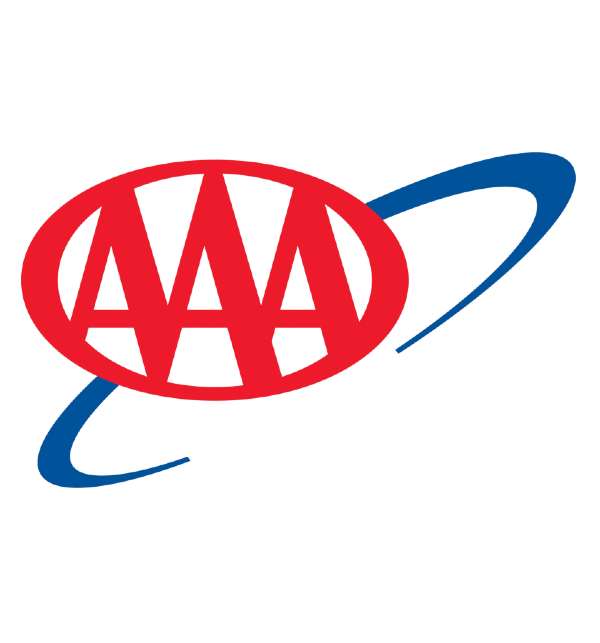
NICK GOSNELL
Hutch Post
HUTCHINSON, Kan. — Active driving assistance systems (ADAS) combine vehicle acceleration with braking and steering. Proper usage of those technologies will likely save lives, according to Shawn Steward with AAA Kansas.
"Forward collision warning, adaptive cruise control that adapts your speed based on the car in front of you, automatic emergency braking, lane departure warning and lane keeping assistance, things like that to assist you as a driver in avoiding collisions or staying in your lanes, those are becoming more widespread," Steward said. "New research by the AAA Foundation for Traffic Safety estimated that those technologies could prevent approximately 37 million crashes, 14 million injuries, and nearly 250,000 deaths on U.S. roads over the next 30 years."
This isn't driverless technology, it's more like a toolkit than like KITT from Knight Rider.
"That would represent 16% of crashes and injuries and 22% of deaths that would otherwise occur on our roadways without these technologies," Steward said. "They do have an impact in a positive way, in terms of traffic safety."
The hope, of course, is that innovation isn't done yet and further progress can be made in the coming decades.
"Other systems, other technology, other processes, in terms of roadway safety, enforcement, traffic laws, those sorts of things all need to sort of work in tandem to make our roads safer over the years," Steward said.
To be human is to be imperfect, so policy makers must assume that humans will make mistakes that can lead to traffic crashes. The goal is to minimize the risk to life and property of those crashes when they occur and to change the mindset so that drivers are focused on the task of driving as their primary job when behind the wheel.
CLICK HERE to download the Hutch Post mobile app.
CLICK HERE to sign up for the daily Hutch Post email news update.





